The Majestic Roar: Understanding Panthera Communication
For centuries, the roar of big cats like lions and tigers has echoed across the savannahs and jungles, but it wasn’t until recent studies that we truly began to understand the nuances behind these powerful vocalizations. Researchers have discovered that roars are not just about asserting dominance or claiming territory; they serve as intricate communication tools among pride members. For instance, variations in pitch and frequency can convey different messages, much like how humans use tone. This revelation has opened up new avenues for wildlife conservationists, who now utilize these vocal cues to monitor the health and dynamics of big cat populations. By deciphering these sounds, scientists can predict potential conflicts or detect signs of distress within groups. This study highlights the complex social structures of big cats, proving that their communication is as sophisticated as it is awe-inspiring.
The Secret Lives of Leopards: Unraveling Their Solitary Nature
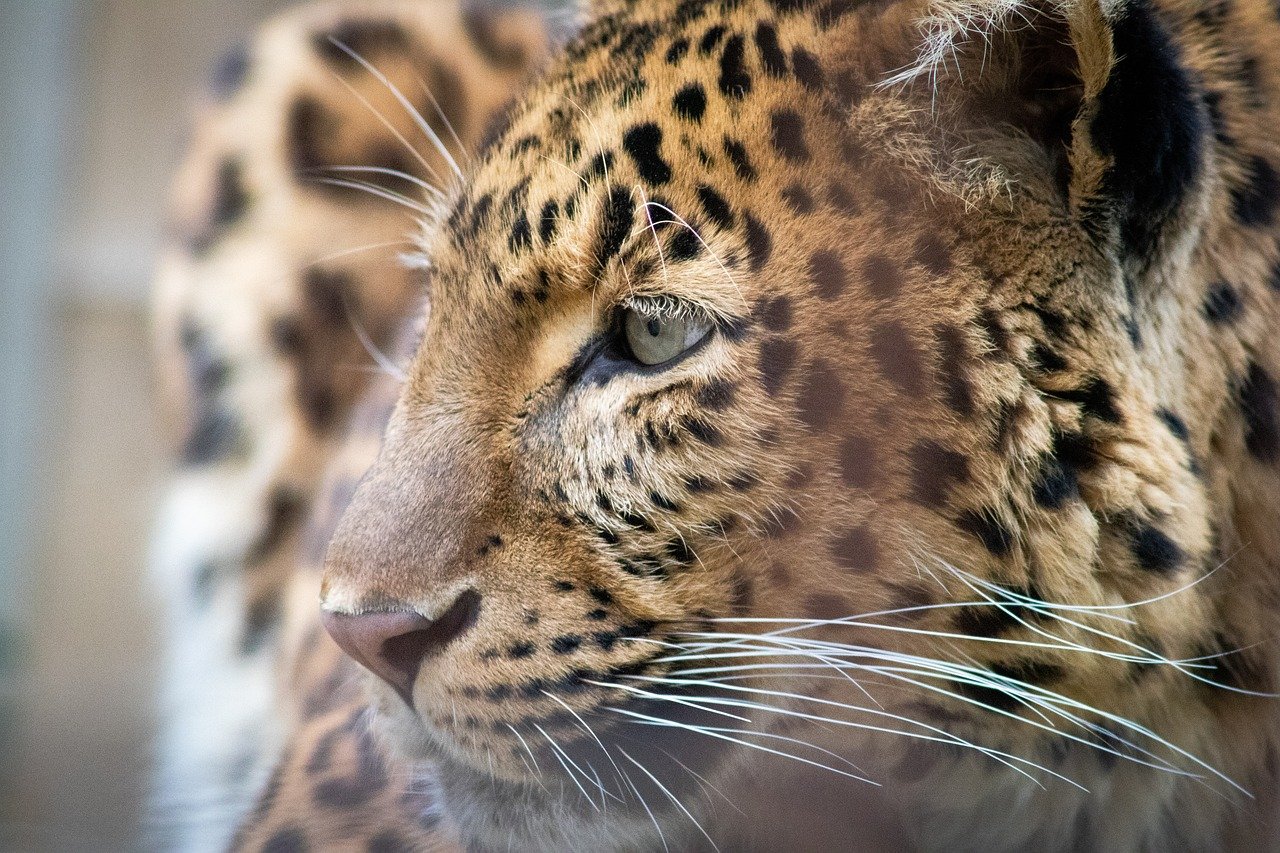
Leopards have long been regarded as solitary enigmas, prowling silently through their territories. However, groundbreaking research has shed light on the hidden social interactions of these elusive creatures. By tracking leopards with GPS collars, scientists have uncovered that leopards, though primarily solitary, often share overlapping territories and occasionally engage in peaceful encounters with their neighbors. This challenges the previously held belief that leopards are strictly solitary animals. The data suggests that leopards possess a complex social structure, with certain individuals forming loose alliances for mutual benefit. This newfound understanding can aid in developing conservation strategies that account for their nuanced social dynamics, ensuring that these magnificent cats continue to thrive in their natural habitats.
The Cheetah’s Struggle: Adapting to a Changing World
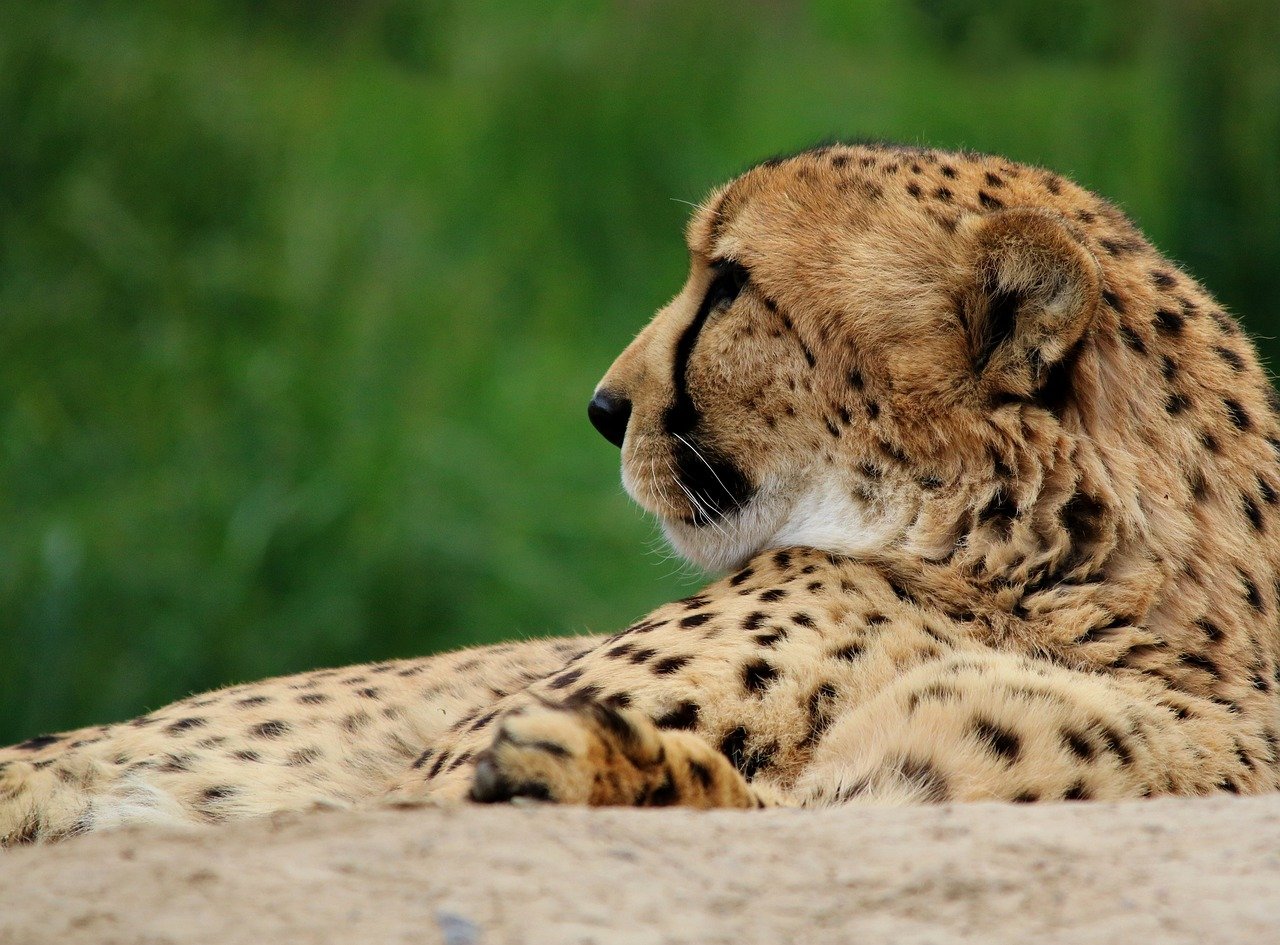
Cheetahs, known for their unmatched speed and grace, have faced numerous challenges in the modern world. Recent studies have highlighted the impact of habitat fragmentation and human encroachment on cheetah populations. As their natural habitats shrink, cheetahs are forced into smaller, isolated populations, leading to inbreeding and reduced genetic diversity. Researchers have also identified the increased competition for prey and space with other predators as significant threats to their survival. These findings underscore the urgent need for conservation efforts that focus on creating wildlife corridors and protected areas to ensure the long-term survival of cheetahs. By addressing these challenges, we can help preserve the delicate balance of ecosystems where cheetahs play a crucial role.
The Lion’s Pride: Social Dynamics and Leadership
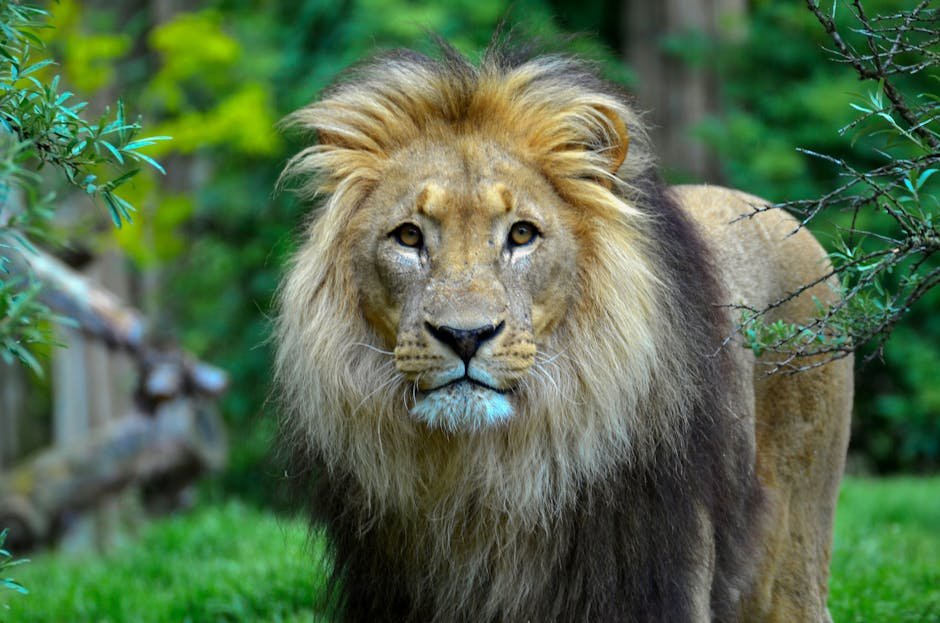
Lions are renowned for their social structure, living in complex family units known as prides. Studies have delved into the intricacies of pride dynamics, revealing fascinating insights into leadership and cooperation among these majestic animals. It turns out that lionesses play a crucial role in the pride’s success, contributing to hunting, caregiving, and decision-making processes. Male lions, often seen as the dominant figures, actually rely heavily on the support and cooperation of the females. Observations of pride interactions have shown that lions communicate through a combination of vocalizations, body language, and scent marking. Understanding these dynamics has not only deepened our appreciation for lion behavior but has also informed conservation efforts focused on maintaining healthy pride structures in the wild.
In the Shadows: The Elusive Snow Leopard
Snow leopards, often referred to as “ghosts of the mountains,” inhabit some of the harshest and most remote regions on Earth. Recent studies have provided valuable insights into their elusive nature, shedding light on their adaptations to extreme environments. Through camera traps and satellite tracking, researchers have discovered the snow leopard’s remarkable ability to traverse vast distances across rugged terrain in search of prey. These findings have emphasized the importance of preserving their natural habitats, which are threatened by climate change and human activities. Conservation efforts now focus on engaging local communities to protect these enigmatic cats and their fragile ecosystems. By understanding the snow leopard’s unique adaptations, we can work towards securing a future where these magnificent creatures continue to roam the high mountains.
The Tiger’s Tale: Conservation Success Stories
Tigers, once on the brink of extinction, have been the focus of intensive conservation efforts worldwide. Thanks to dedicated research and collaboration, there have been remarkable success stories in tiger conservation. Studies have shown that effective anti-poaching measures, habitat restoration, and community engagement have led to a resurgence in tiger populations in certain regions. For example, India, home to the largest population of wild tigers, has witnessed a steady increase in tiger numbers due to proactive conservation initiatives. These successes serve as a beacon of hope for other endangered big cat species and highlight the importance of sustained efforts in protecting these iconic animals. By learning from these achievements, we can continue to work towards a future where tigers and other big cats thrive in the wild.
The Jaguar’s Journey: Navigating the Amazon
Jaguars, the apex predators of the Amazon rainforest, play a vital role in maintaining the ecosystem’s balance. Recent studies have focused on understanding their movements and behaviors in this vast and complex environment. By using GPS tracking and camera traps, researchers have gained valuable insights into the jaguar’s hunting strategies and territorial range. These findings have highlighted the importance of preserving large, contiguous areas of rainforest to support healthy jaguar populations. Additionally, researchers have identified the threat of habitat fragmentation and illegal wildlife trade as significant challenges to jaguar conservation. By addressing these issues, we can help ensure the survival of these majestic cats and the biodiversity of the Amazon.
The Lynx’s Rewilding: A European Comeback
The Eurasian lynx, once extinct in many parts of Europe, has made a remarkable comeback thanks to rewilding efforts. Studies have documented the success of reintroduction programs that have brought lynx populations back to their former habitats. These initiatives have not only restored the lynx to its rightful place in the ecosystem but have also had positive ripple effects on the environment. By controlling the populations of herbivores, lynxes have helped in the natural regeneration of forests and the restoration of biodiversity. The success of these rewilding projects serves as a testament to the resilience of nature and the potential for positive change when humans work in harmony with the natural world.
The Puma’s Territory: Adapting to Urban Landscapes
Pumas, also known as mountain lions or cougars, are highly adaptable predators that have learned to navigate urban landscapes. Recent studies have explored the challenges and opportunities faced by pumas living near human settlements. Researchers have found that pumas have adapted their hunting strategies to take advantage of human-altered environments, such as preying on deer populations that thrive in suburban areas. However, this adaptability also brings them into conflict with humans, leading to increased incidents of human-wildlife interactions. Conservation efforts now focus on finding ways to mitigate these conflicts and promote coexistence between pumas and people. By understanding the puma’s adaptability, we can develop strategies to ensure the safety and well-being of both humans and these remarkable big cats.
The Serval’s Secret: A Master of Stealth
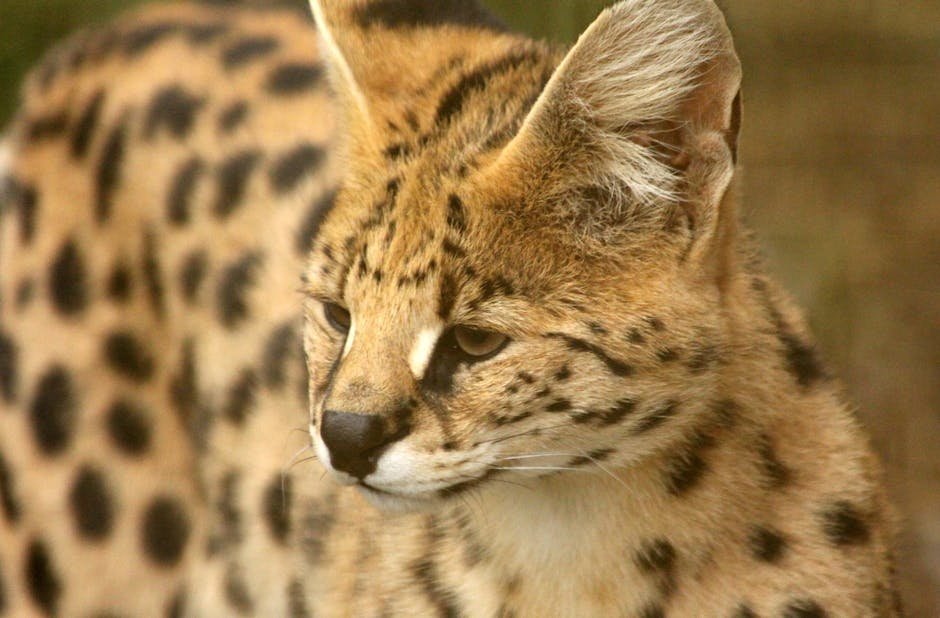
Servals, with their distinctive long legs and large ears, are masters of stealth and precision hunting. Recent research has delved into the unique adaptations that make servals such efficient hunters in their grassland habitats. Studies have shown that servals use their acute hearing to detect the slightest rustle of small prey, allowing them to locate and capture their targets with remarkable accuracy. Their long legs enable them to make high, powerful leaps to catch birds in mid-air. These findings have highlighted the importance of preserving grassland ecosystems, which are vital for the survival of servals and other grassland species. By understanding the serval’s adaptations, we can work towards protecting these unique habitats and the incredible wildlife that calls them home.
The Clouded Leopard’s Climb: Masters of the Trees

Clouded leopards, with their striking coat patterns and arboreal prowess, are true masters of the trees. Recent studies have focused on understanding the clouded leopard’s remarkable climbing abilities and its role in forest ecosystems. Researchers have discovered that clouded leopards have unique adaptations, such as flexible ankle joints and a long tail for balance, which allow them to navigate the forest canopy with ease. These findings have underscored the importance of preserving intact forest habitats, which are essential for the survival of clouded leopards and other arboreal species. Conservation efforts now focus on protecting these critical habitats from deforestation and human encroachment. By safeguarding the clouded leopard’s home, we can ensure the continued existence of this enigmatic and elusive big cat.
The Caracal’s Leap: A Study in Precision
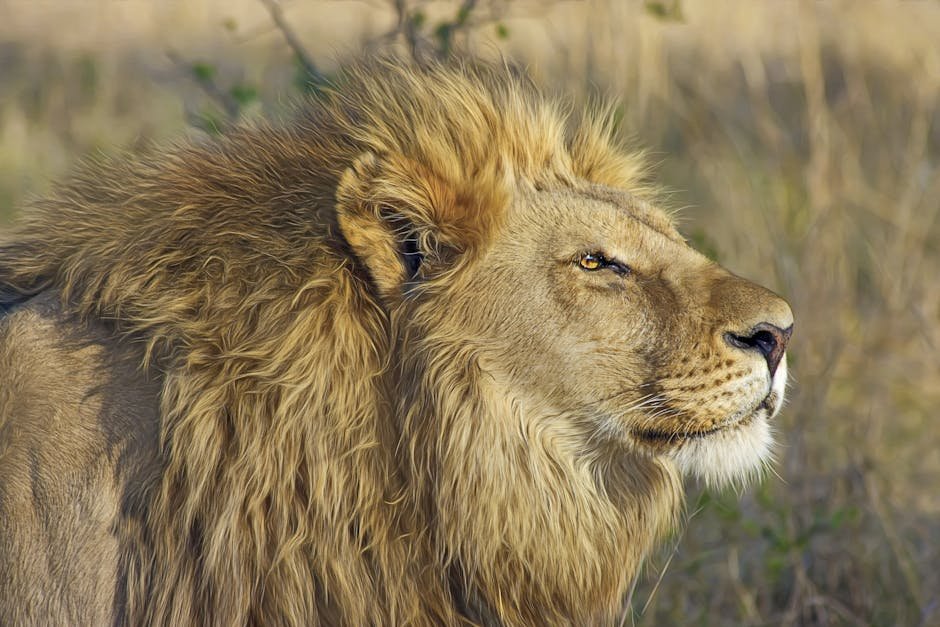
Caracals, known for their distinctive tufted ears and incredible leaping ability, have captivated researchers and wildlife enthusiasts alike. Recent studies have explored the caracal’s hunting techniques and adaptations in their arid habitats. Researchers have observed that caracals are capable of leaping several meters into the air to catch birds in flight, showcasing their agility and precision. These findings highlight the caracal’s unique adaptations to their environment and the importance of preserving their natural habitats. Conservation efforts now focus on protecting the grasslands and savannahs where caracals thrive, ensuring that these remarkable cats continue to play their vital role in the ecosystem.
The Ocelot’s Odyssey: A Journey Through the Americas
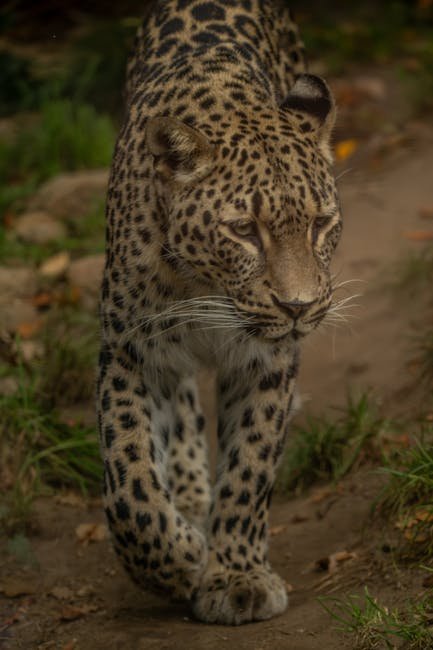
Ocelots, with their striking markings and elusive nature, have intrigued researchers for decades. Recent studies have focused on understanding the ocelot’s movements and behaviors across their range in the Americas. By using GPS tracking and camera traps, researchers have gained valuable insights into the ocelot’s habitat preferences and territorial range. These findings have emphasized the importance of preserving large, contiguous areas of forest and grassland to support healthy ocelot populations. Additionally, researchers have identified the threat of habitat fragmentation and illegal wildlife trade as significant challenges to ocelot conservation. By addressing these issues, we can help ensure the survival of these enigmatic cats and the biodiversity of their habitats.
The Margay’s Marvel: A Study in Agility
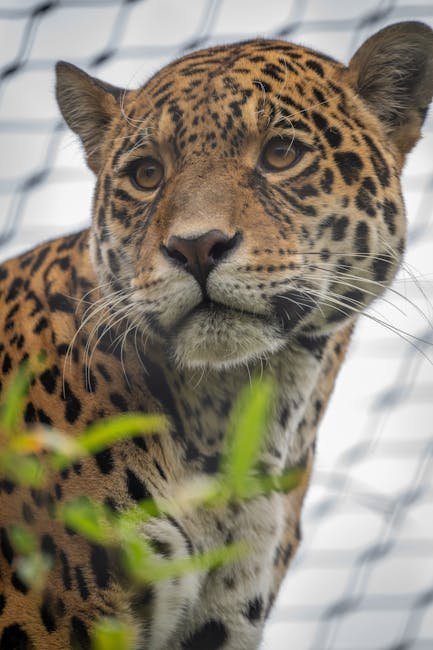
Margays, with their remarkable climbing abilities and striking appearance, have fascinated researchers and wildlife enthusiasts alike. Recent studies have focused on understanding the margay’s unique adaptations to their arboreal habitats. Researchers have discovered that margays possess flexible ankle joints and a long tail for balance, allowing them to navigate the forest canopy with ease. These findings have underscored the importance of preserving intact forest habitats, which are essential for the survival of margays and other arboreal species. Conservation efforts now focus on protecting these critical habitats from deforestation and human encroachment. By safeguarding the margay’s home, we can ensure the continued existence of this incredible big cat.
The Fishing Cat’s Habitat: A Study in Adaptation
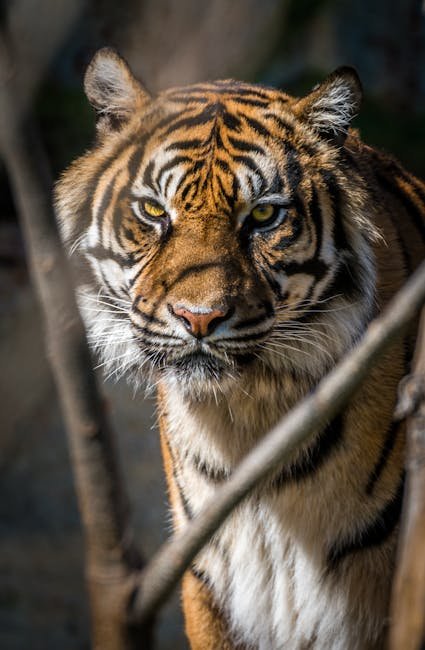
Fishing cats, with their semi-aquatic lifestyle and unique adaptations, have intrigued researchers for years. Recent studies have focused on understanding the fishing cat’s behaviors and habitat preferences in wetland ecosystems. Researchers have observed that fishing cats are skilled swimmers and hunters, often preying on fish and other aquatic animals. These findings have highlighted the importance of preserving wetland habitats, which are vital for the survival of fishing cats and other species. Conservation efforts now focus on protecting and restoring wetland ecosystems, ensuring that these remarkable cats continue to thrive in their natural habitats.
The Asiatic Lion’s Legacy: A Conservation Triumph
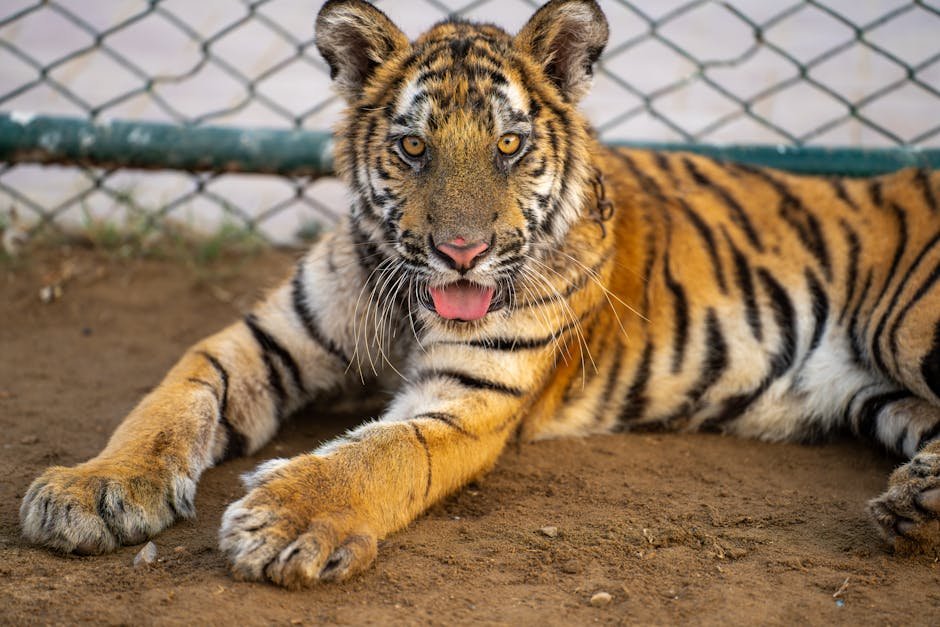
The Asiatic lion, once on the brink of extinction, has made a remarkable recovery thanks to dedicated conservation efforts. Recent studies have documented the success of initiatives aimed at increasing the Asiatic lion population in their native habitat in India. These efforts have included habitat restoration, anti-poaching measures, and community engagement programs. The success of these initiatives serves as a testament to the resilience of nature and the potential for positive change when humans work in harmony with the natural world. By learning from these achievements, we can continue to work towards a future where Asiatic lions and other big cats thrive in the wild.
The African Golden Cat’s Mystery: Unveiling the Unknown
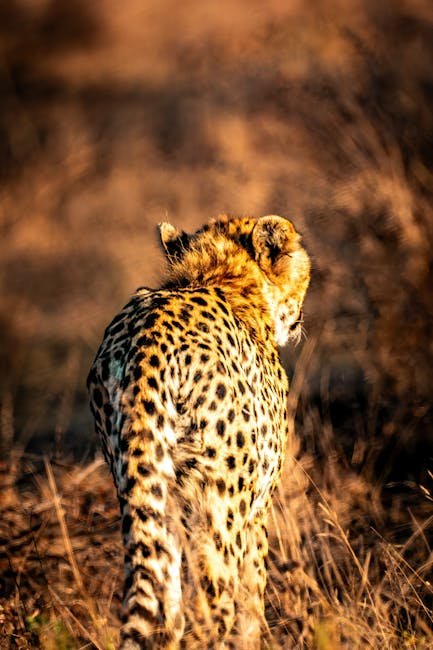
The African golden cat, one of the least known big cats, has remained a mystery to researchers for decades. Recent studies have focused on understanding the behaviors and habitat preferences of this elusive species. By using camera traps and remote sensing technology, researchers have gained valuable insights into the African golden cat’s movements and ecological role. These findings have emphasized the importance of preserving intact forest habitats, which are essential for the survival of the African golden cat and other species. Conservation efforts now focus on protecting these critical habitats from deforestation and human encroachment. By safeguarding the African golden cat’s home, we can ensure the continued existence of this enigmatic and elusive big cat.
The Wildcat’s Return: A European Success Story
The European wildcat, once on the brink of extinction, has made a remarkable comeback thanks to rewilding efforts. Recent studies have documented the success of reintroduction programs that have brought wildcat populations back to their former habitats. These initiatives have not only restored the wildcat to its rightful place in the ecosystem but have also had positive ripple effects on the environment. By controlling the populations of herbivores, wildcats have helped in the natural regeneration of forests and the restoration of biodiversity. The success of these rewilding projects serves as a testament to the resilience of nature and the potential for positive change when humans work in harmony with the natural world.
Conclusion
These seven groundbreaking studies have transformed our understanding of big cats and the vital roles they play in our ecosystems. From the intricate social dynamics of lions to the elusive nature of snow leopards, each study has provided valuable insights that have informed conservation efforts worldwide. By continuing to explore and protect these magnificent creatures, we can ensure a future where big cats thrive and inspire generations to come.
Hi, I’m Bola, a passionate writer and creative strategist with a knack for crafting compelling content that educates, inspires, and connects. Over the years, I’ve honed my skills across various writing fields, including content creation, copywriting, online course development, and video scriptwriting.
When I’m not at my desk, you’ll find me exploring new ideas, reading books, or brainstorming creative ways to solve challenges. I believe that words have the power to transform, and I’m here to help you leverage that power for success.
Thanks for stopping by, Keep coming to this website to checkout new articles form me. You’d always love it!






